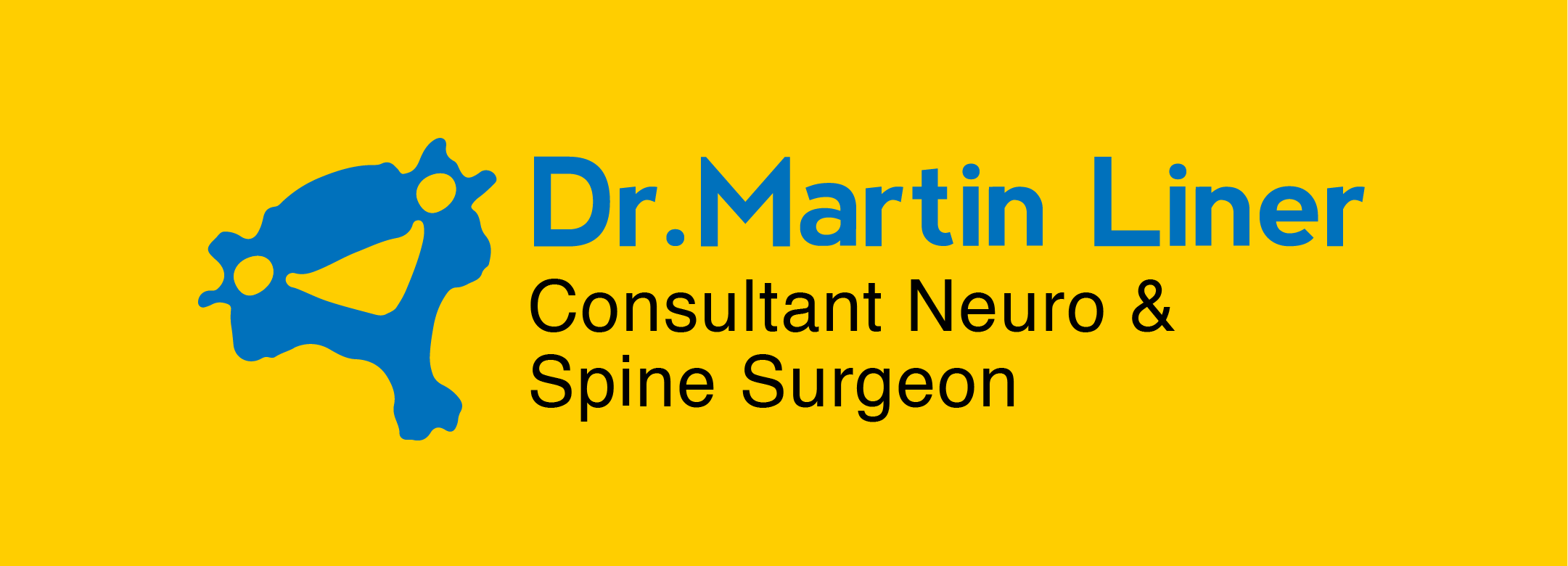Back pain is a common problem that affects many people at some point in their lives. It can interfere with your everyday activities, work, and quality of life. Fortunately, physiotherapy is a safe and effective way to treat back pain.
What is Physiotherapy?
Physiotherapy uses methods, such as exercises, massage, mobilization, and manipulation, to help you recover from injury, reduce pain, improve function, and prevent recurrence.
These can also be supplemented by physical treatment methods such as the application of warmth, cold, light, laser, vibration, electrical currents, ultrasounds etc.
Physiotherapy can also educate you on maintaining a healthy posture, using proper body mechanics, and performing specific exercises to strengthen your core and back muscles.
Pain Management Stages
Physiotherapy For Spine
One of the preferred treatments for various kinds of lower back pain is physiotherapy. It helps you perform exercises designed to boost the muscles in your lower back and optimize the state and movement of your spine and joints.
Why Physiotherapy?
The goals of physiotherapy for back pain depend on your specific condition, but generally, they are:
- To restore normal movement and function of your spine and related structures
- To improve your posture, body mechanics, and core stability
- To strengthen your back and abdominal muscles
- To increase your flexibility and mobility.
Physiotherapy has many benefits for pain management, such as:
- It is a safe and natural way for spine pain treatment with minimal side effects or risks.
- It is evidence-based and proven to be effective for various types of back pain, such as lower back pain, sciatica, disc herniation, spinal stenosis, spondylolisthesis, and more.
- It is holistic and comprehensive, addressing your symptoms and the underlying causes and contributing factors of your pain.
- It is individualized and tailored to your specific goals, preferences, and needs.
- It is empowering and collaborative, involving you in every treatment step and giving you the tools and knowledge to manage your pain and prevent future problems.
Types of Physiotherapy
There are different types of physiotherapy that can help with back pain, depending on the cause, severity, and location of the pain. Some of the common types of physiotherapy are:

Exercise therapy:

Manual therapy:

Gait therapy:

Heat and cold therapy:

Electrotherapy:

Ultrasound therapy:
Consult Dr. Martin Liner for Physiotherapy
With your well-being and satisfaction in mind, Dr. Martin delivers treatment that is customized to your individual needs, using the most advanced and proven treatment options available.

